
Water filters eliminate impurities such as odor, bacteria, sediment, and hardness from water and produce better quality and more hygienic water.
There are many kinds of water filters and they can solve almost any kind of water impurities. They can provide purified and better-tasting drinking water.
Types Of Filters
Based on the usage type, there are 5 types of water purifiers:
- Reverse Osmosis Filters
- Mechanical Filters
- Absorption Filters
- Sequestration Filters
- Ion Exchange Filters
In most cases, the water purifiers try to remove impurities while in some cases they also try to stop certain minerals.
Each of the above-mentioned types addresses a certain kind of problem while there are many filters in the market that use several levels of filtration and use many of these filter types together.
The drinking water that we get at our homes is usually treated with chlorine to remove the bacteria and germs and it has a certain odor.
There are other types of impurities, too, such as limescale.
The presence of lime can damage appliances by blocking pipes. However, these are only very basic types of problems among a host of other more complex problems – all of which can be solved by appropriate water filtration systems.
This brings us to the question: How do water filters work?
Reverse Osmosis Filters
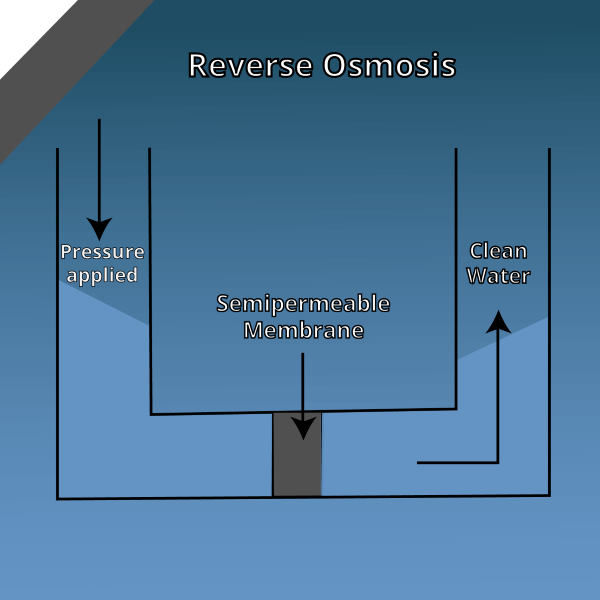
Reverse osmosis (RO) filters remove dissolved inorganic solids, for example, calcium and magnesium ions, by forcing the water through a semi-permeable membrane.
This makes the water pass through leaving behind the contaminants.
RO offers an extremely efficient way of water filtration.
It usually also combines other filtration mechanisms such as mechanical and absorption filtrations.
Reverse osmosis water filtration does not use electricity. Rather, it uses water pressure to make water pass through the membrane.
This process produces a little wastewater that is drained out.
When equipped with other filters they can produce even better results but are more expensive but can produce water that is 99.9% pure.
Such pure water is commonly used for brewing coffee by commercial coffee makers.
Mechanical Filters

Mechanic filtration involves the physical removal of water impurities such as dirt, sediments, and/or particles by using a blocking mechanism.
It primarily uses basic mesh that removes large-sized physical impurities, and ceramic filters that have a pore structure capable of removing pathogenic organisms.
These kinds of filters normally come with a micron rating, which signifies the size of the particles that they are capable of removing.
Common ratings include:
- 5 micron: Mechanical filters of 5-micron rating will be able to remove impurities visible to naked eyes
- 1 micron: This type of filter will remove impurities that can’t be seen without a microscope
- 0.5 micron: Filters of 0.5 microns will be able to remove microorganisms such as giardia, cryptosporidium, and cysts
Absorption Filters
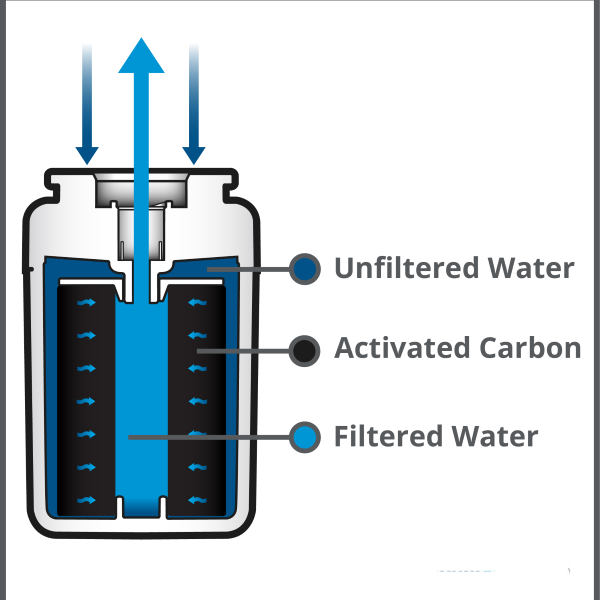
Carbon can absorb water-borne impurities very effectively and it’s this quality of carbon that’s used in absorption water filters.
The internal surface of carbon is huge and full of crannies that trap chemical impurities in water such as chlorine.
The common domestic filters are mostly fitted with granular activated carbon (GAC), which absorbs unwanted odors and tastes.
The expensive variety of filters mostly feature carbon block elements that offer more effective filtration and normally carry a micron rating for the size of particles they can remove.
Many different substances are used to make carbon for absorption filters including coconut shells and wood.
Filters using coconut shells are more effective and, therefore, more expensive.
Sequestration Filters
The process of filtration in which the impurities are chemically isolated is called sequestration.
In many scale-inhibiting filters, food-grade polyphosphate is used to sequester minerals in water such as calcium and magnesium, which can cause limescale, which can lead to corrosion.

However, polyphosphate is used in a very small quantity and it only inhibits scale, not trying to eradicate it that a high amount of polyphosphate can do.
In sequestration filtration, polyphosphate would not make the water soft but would keep the minerals very much in the solution.
It only prevents them from converting into the scale on a surface that is in contact with the water.
The presence of hard minerals in water makes scale inhibition unfit for all applications.
In case of very hard water or where it has to be kept constantly at a high temperature of 194°F or more, water softening through ion exchange is recommended.
Ion exchange filters
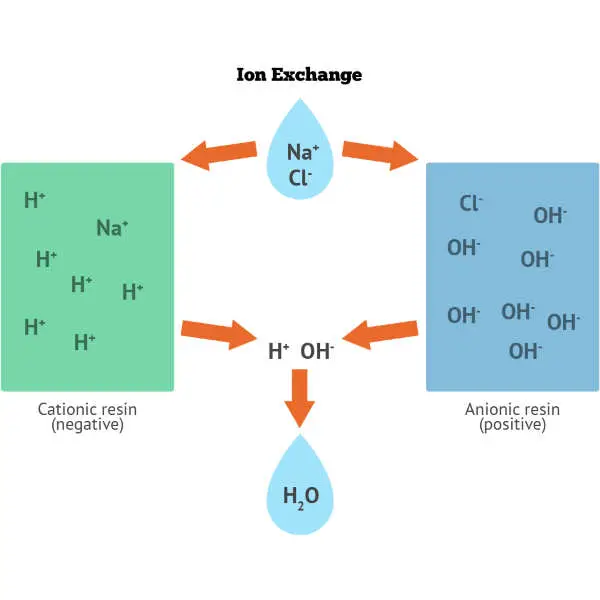
Ion exchange is used to make hard water soft by exchanging the calcium and magnesium ions in hard water with those of sodium or hydrogen.
In ion exchange, hard minerals are physically removed.
This reduces limescale in the water and makes the water fit for applications where it needs to be kept at a high temperature such as in commercial coffee and washing machines.
It performed by using a resin, which looks like small beads and is capable of carrying out ion exchange.
A similar kind of resin that utilizes sodium ions is used in some kinds of water softeners.
In this case, the resin needs to be recharged periodically to prevent it from becoming ineffective.
As water filters come as sealed units, replacing the filter with a new one is the only option. However, Calcium Treatment Units (CTUs) are regenerated by the supplier.
Drinking water filters usually don’t use resins that work with sodium ions as sodium ion exchange can increase salt levels. A resin that works with a hydrogen-based ion exchange is more preferred for drinking water filters.
Final Thoughts
Each type of filtration has its limitations as to what it can or can’t remove.
Subject to the water purity level one desires, a combination of filtration methods can be used.
For instance, ion exchange, mechanical, and absorption filtration can be used in water jug filters used in households.
It can also include sequestration filtration if the inhibiting scale is one of the objectives of the filter.
An RO water filtration system would make use of mechanical, and absorption systems.
Water filters are extremely useful and in most cases downright necessary home appliances that ensure we use and drink clean water even though pollution has touched new peaks.
📌 Pin Me for Later Reading! 📌
Pin this image to Water Filters or How Stuff Works or similar board on Pinterest.
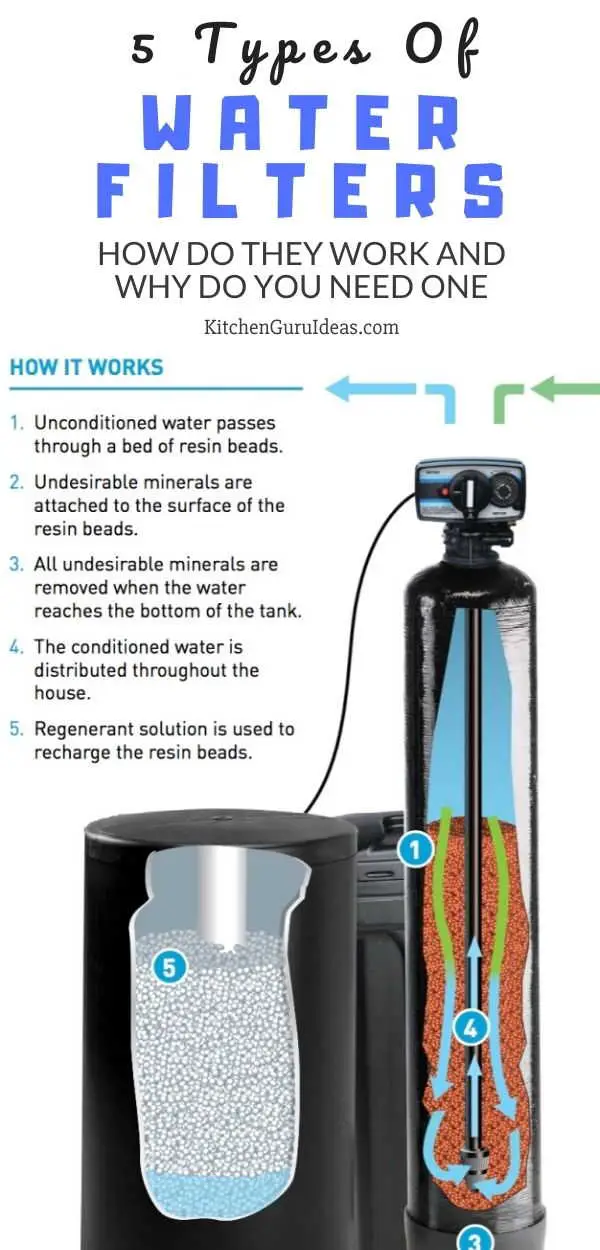
What filtration method is the most effective, in your opinion?

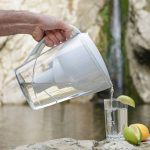
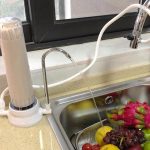
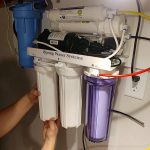

Be the first to comment